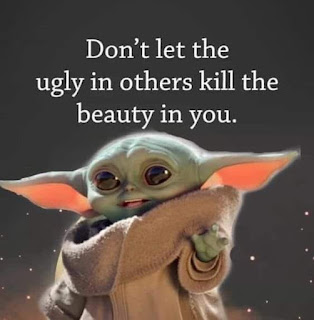First step on Nostr

I have just joined this new community gathered around Nostr (this new Internet protocol) and this is quite different from every other social media I had tried before. First the registration is super easy in one step ; choosing a nickname, once it is done a 'secret code' is generated and associated with the account, and with this Nostr code ( which you shall never share with nobody ) plenty of other website can be joined (and will transfer stuffs between them using relays ). This has potential to replace all the old (dying) platforms like twitter , facebook , tumblr , and many more ... because these are now filled with ads, fake news and censorship. I am not saying Nostr is the perfect place, it is filled with bitcoiners and conspirationists, and weirdos (which is great). But it sure is refreshing. Anyway, you want to find me, here is my public code (that one I can share) primal.net/p/npub1xchtl75ftt9s4f8v9ugetxcuyvawcgn47cdnhmhpnvdkujfwyuvs34sudw #21challenge #asknostr




